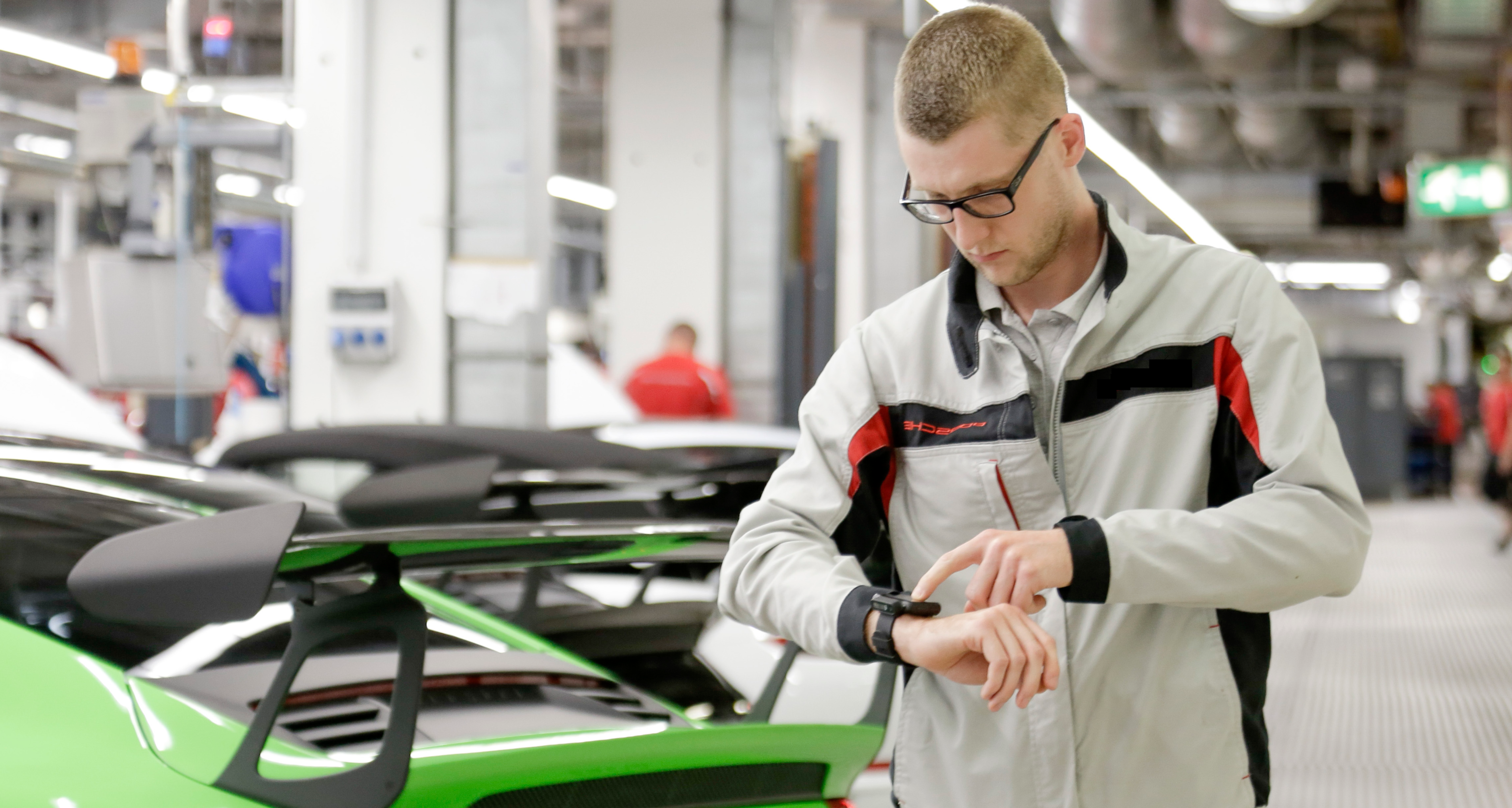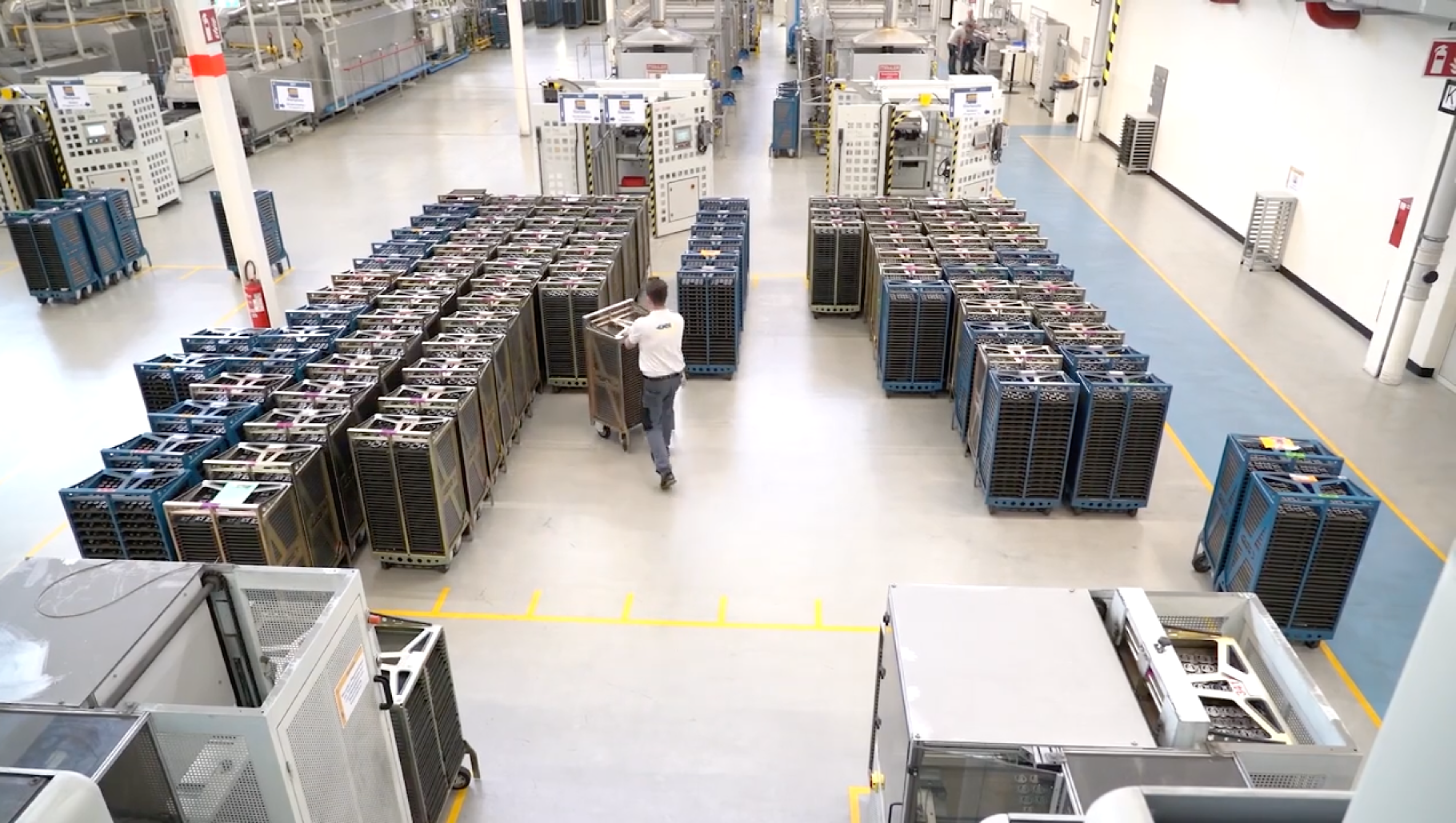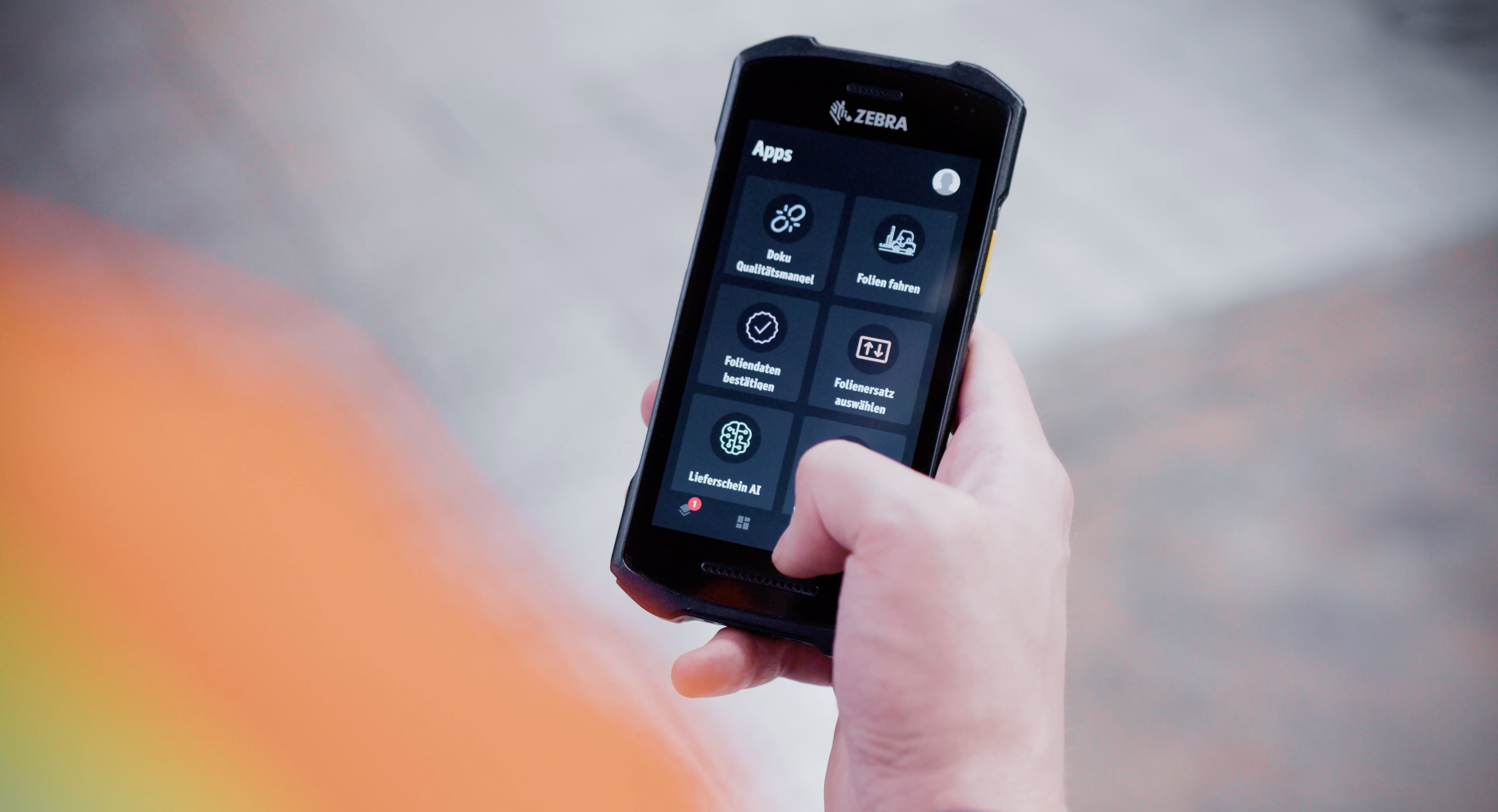If you want to increase equipment uptime, reduce waste, and build a culture of continuous improvement on your shop floor, then understanding Total Productive Maintenance (TPM) is essential.
What Is Total Productive Maintenance?
Total Productive Maintenance (TPM) is a lean manufacturing strategy that aims to maximize the productivity and availability of equipment by engaging all employees—from operators to management—in proactive maintenance activities. Developed in Japan in the 1970s and popularized by the Japan Institute of Plant Maintenance, TPM is not just about fixing machines—it’s about creating a culture of ownership and excellence.
At its core, TPM focuses on zero breakdowns, zero defects, and zero accidents, empowering frontline teams to take responsibility for the health and performance of the equipment they use daily.
The Eight Pillars of TPM
TPM is built on eight interlocking pillars that form a comprehensive framework for driving equipment reliability and operational excellence:
1. Autonomous Maintenance
Operators are trained to perform basic upkeep tasks like cleaning, lubricating, and inspecting machines. This builds ownership and frees up maintenance experts for more complex issues.
2. Planned Maintenance
Maintenance schedules are based on equipment usage and historical failure data. This reduces unplanned downtime and aligns resources to when they’re truly needed.
3. Quality Maintenance
This pillar focuses on detecting and eliminating the root causes of defects. Tools like Failure Mode and Effects Analysis (FMEA) and root cause analysis are central here.
4. Focused Improvement (Kaizen)
Small cross-functional teams collaborate to identify and eliminate equipment-related losses. Continuous improvement is embedded into daily operations.
5. Early Equipment Management
TPM principles are applied to the design and procurement of new equipment to ensure maintainability, operability, and reliability from day one.
6. Training and Education
Employees are upskilled continuously so they can perform tasks confidently, safely, and effectively. Knowledge retention and cross-training are key.
7. Safety, Health, and Environment (SHE)
TPM ensures that maintenance and operation tasks are safe and environmentally responsible. Preventing accidents is as critical as preventing breakdowns.
8. TPM in Administration
Back-office functions such as planning, procurement, and logistics are optimized to support productive maintenance and minimize indirect losses.
Key Benefits of Total Productive Maintenance
Implementing TPM brings numerous advantages across production, maintenance, and organizational culture:
- Increased Overall Equipment Effectiveness (OEE): TPM directly improves the three OEE metrics—availability, performance, and quality.
- Reduced Downtime: Proactive and operator-led maintenance prevents unexpected equipment failures.
- Lower Maintenance Costs: Autonomous maintenance reduces reliance on external technicians for routine tasks.
- Improved Product Quality: Stable machines produce more consistent outputs.
- Greater Employee Engagement: Empowering workers fosters accountability and job satisfaction.
- Enhanced Safety: Cleaner, better-maintained machines lower the risk of accidents.
TPM Implementation: A Step-by-Step Roadmap
Introducing TPM into your operation requires both planning and commitment. Here’s a simplified roadmap to get started:
Step 1: Gain Leadership Buy-In
Senior management must champion TPM and allocate resources to drive cross-functional engagement.
Step 2: Educate and Train Teams
Provide training on TPM principles, the eight pillars, and the importance of OEE. Everyone—from operators to engineers—should understand their role.
Step 3: Launch Autonomous Maintenance
Start with pilot machines. Train operators to perform inspections, tighten bolts, clean, and document abnormalities.
Step 4: Measure OEE and Equipment Losses
Track key performance indicators before and after TPM activities to quantify impact and identify bottlenecks.
Step 5: Roll Out Focused Improvement Projects
Form small Kaizen teams to tackle recurring breakdowns, minor stoppages, and quality issues.
Step 6: Expand to Other Pillars
Gradually introduce Planned Maintenance, Quality Maintenance, and Early Equipment Management based on maturity.
Step 7: Celebrate Wins and Scale Up
Share success stories and use visual management tools to track TPM progress across departments.
TPM and Industry 4.0: The Digital Synergy
Modern TPM initiatives are being supercharged by Industry 4.0 technologies. Here’s how digital transformation aligns with TPM principles:
- IoT and Smart Sensors: Real-time condition monitoring enhances both Autonomous and Planned Maintenance.
- AI and Predictive Analytics: Detects failure trends early, complementing TPM’s proactive ethos.
- Digital Workflows: Platforms like Workerbase allow frontline teams to receive TPM tasks via mobile apps or wearables, ensuring that standard procedures are followed consistently.
- Visual Dashboards: Real-time OEE, MTTR, and downtime trends help teams focus on the right issues.
These technologies don’t replace TPM—they amplify it by making data-driven decisions easier and more accurate.
Common TPM Challenges (And How to Overcome Them)
While TPM offers high returns, implementation isn’t without obstacles. Here’s how to navigate them:
- Resistance to Change: Start small, show early wins, and involve employees in decision-making.
- Skill Gaps: Invest in continuous training and pair inexperienced staff with TPM champions.
- Data Overload: Use software tools to prioritize maintenance actions based on severity and impact.
- Lack of Standardization: Create visual SOPs for autonomous maintenance tasks and revisit them regularly.
FAQs: Quick Answers About TPM
Q: How long does it take to implement TPM?
TPM is a continuous journey, but significant improvements can be seen in 6–12 months if the process is well managed.
Q: Do I need new equipment to apply TPM?
No. TPM is about optimizing existing assets, though newer machines with built-in sensors may offer better data for analysis.
Q: Can TPM be used in non-manufacturing settings?
Yes. TPM principles are also applied in logistics, healthcare, and utilities—anywhere equipment reliability matters.
Q: Is TPM compatible with Lean and Six Sigma?
Absolutely. TPM is often a core component of Lean Manufacturing and supports Six Sigma’s defect reduction goals.
Why Total Productive Maintenance Aligns Perfectly with Workerbase
At Workerbase, we understand that empowering your frontline teams is the fastest way to unlock operational efficiency. Our platform integrates TPM task management, real-time alerts, and visual instructions into digital workflows—making it easy for operators to take ownership of maintenance without needing spreadsheets or paperwork.
With Workerbase, TPM becomes a living process, seamlessly embedded into daily routines via mobile devices or smartwatches. You’ll see fewer breakdowns, higher OEE, and more engaged teams—all without adding complexity to your operations.
Learn how Workerbase enables fast, flexible implementation of TPM across your factory floor by getting in touch below.




